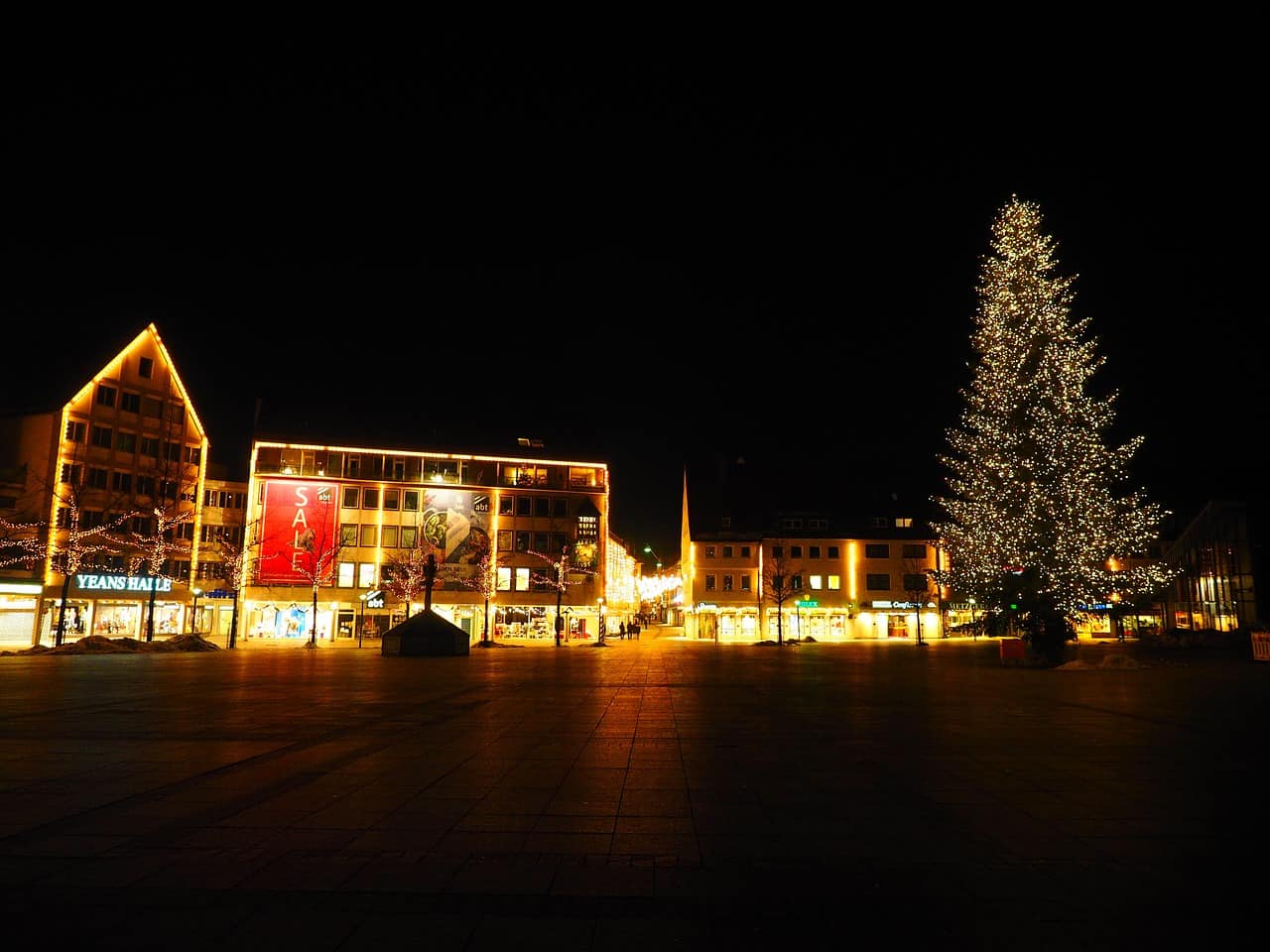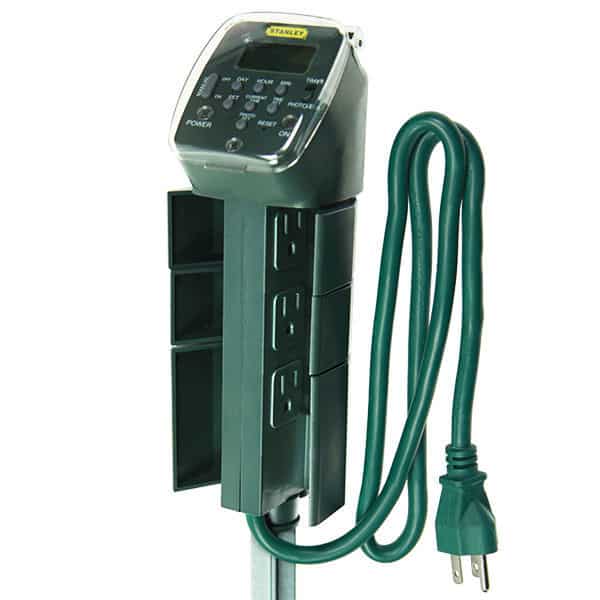The holiday season is upon us, and that means homeowner and renters around Indianapolis will soon dress their homes, inside and out, with lights. Light strands have grown safer over the years, but the inherent risk of fire and electrocution from these decorations still exist.
As Christmas approaches and you plug in electric decorations, keep in mind the hazards of these products. The U.S. Fire Administration reported between 2009 and 2013 that decorations alone caused an average of $13.4 million in property damage each year. In order to help you stay safe during the holidays, we at Grounded Solutions have put together the ultimate holiday lighting safety list.

Do You Need New Lights?
- If you’re still using lights with incandescent bulbs, consider upgrading to lights with LED bulbs. LED bulbs pose many advantages over incandescent ones. In terms of safety, they do not produce as much heat, and therefore are far less likely to cause fires for this reason. LEDs also last up to 20 times longer than incandescent bulbs, so you’re less likely to experience problems with burnt out bulbs. The bulbs on LEDs are also less likely to break than those on incandescent bulbs because LED bulbs are made with an epoxy, while incandescent bulbs use glass. This means that if you keep your cords in good shape, your LED light strands will last you much longer than an incandescent light strand. Last, LED bulbs are also brighter than incandescent ones, so people can enjoy your holiday spirit all the more.
- Before buying light strands or other electric decorations, check for the safety compliance labels. Products should be marked with a symbol from Underwriter’s Laboratories (UL), Interlink (ETL), or the Canadian Standards Association (CSA). These organizations make sure products comply with safety standards. Their seal means they have inspected and tested the product and approved it in terms of safety.

Before You String Up the Lights
- First, look over the light strands and check for broken or cracked sockets, loose connections, or frayed wires. If you come across damaged strands, throw them out. Frayed wires can easily transmit heat and electrical current and therefore cause fires or electrocution. Loose connection and cracked sockets are dangerous because they can easily deteriorate and expose live elements (parts with an electrical current) like wires.
- Read the manufacturer’s instructions and warnings before stringing up the lights. The manufacturer will include information about amperage and wattage, and it will provide information on how to properly use the lights. Make sure you follow these instructions to remain as safe as possible.

Striking a Cord with Safety
Cords require their own section in this safety list, as misuse of these devices abound. Safety tips for electrical cords during the holidays include:
- Plug outdoor lights and decorations into circuits protected by ground fault circuit interrupters (GFCIs). These interrupters disrupt electricity if a short occurs in the line (with your body possibly being the cause of the short). Portable outdoor GFCIs are available if your circuits aren’t protected with GFCIs.
- Make sure the amperage of outdoor lighting meets the amperage of the cords you’re using. In other words, only use cords that can handle the load you’re putting on them.
- Do not ever overload multiple plug outlets. Overloading an outlet produces considerable heat and can cause fires.
- Similarly, never string multiple plug outlets together. Only ever plug these devices into an electrical receptacle in the wall.
- Keep cords out of standing water and snow.
- Only use extension cords outside that are approved for outdoor use.
- Keep cords out of high-traffic areas so they don’t become frayed or worn. If they cross a walkway, make sure to protect them with a cord cover.
- Likewise, do not place cords under rugs, carpets, through doors, or through windows. Do not place them in any place where they will be pinched and worn.
- Remove leaves that collect on top of cords. When leaves dry out, they can easily catch fire.

While You String Up the Lights
- String up your lights before you plug them into an electrical outlet. This will help ensure you do not accidentally electrocute yourself if the light strand becomes damaged. If you have to replace bulbs at some point, make sure you unplug the cord again before doing so.
- Do not hang the lights in a way that damages the wires’ insulation. Don’t, for example, use push pins to hold up the wires.
- Stand on a wooden or fiberglass ladder while hanging lights. Metal ladders conduct electricity, so you are more at risk of electrocution while on one.
- Stay at least 10 feet away from power lines at all times.
Where to Safely Place Christmas Lights
Don’t let light bulbs rest on tree needles or branches, especially if you’re using incandescent lights and a natural tree. The heat from the bulbs may light the tree on fire. The National Fire Protection Association reports that between 2010-14 that Christmas tree fires caused $16.2 million in property damage every year, and the U.S. Fire Administration states that electrical problems caused a third of these fires.
Besides making sure bulbs don’t rest on the branches, make sure you keep the trees away from sources of heat, such as multiprong plugs, heat registers, and fires.

Once You’re Finished with the Lights
Before going to bed at the end of the night, make sure to unplug your Christmas lights. Practically, few people will see the lights through the night, so you will be wasting money. In terms of safety, turning off the lights will allow them and their surroundings time to cool after producing heat for several hours. You also want to be away in case a fire did begin in order to combat it or leave the premises.
Likewise, if you’re leaving your house, turn off your lights to eliminate the risk of a fire. If you still want your lights to turn on at night, hook them up to a timer.
